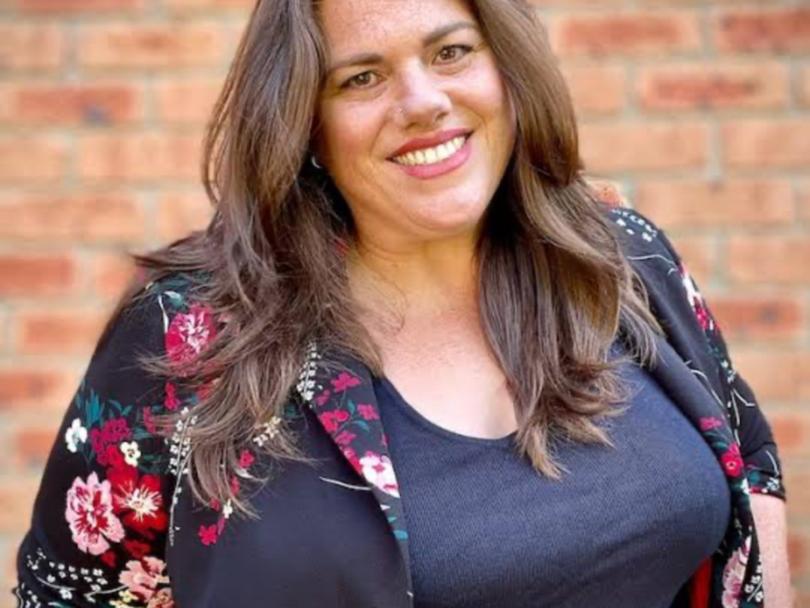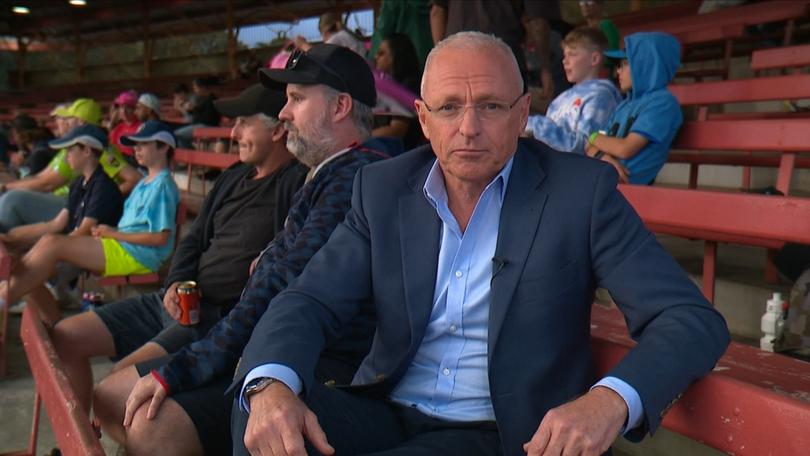Chris Reason investigates the biggest issues impacting Australians from property, population, sport and cost of living
Roof work in Australia is exhausting hard labour — and no one wants to do it anymore.
There is an acute shortage of available workers.
But Sydney roofer Matt Gannon has found a way around it. He goes to prison.
Sign up to The Nightly's newsletters.
Get the first look at the digital newspaper, curated daily stories and breaking headlines delivered to your inbox.
By continuing you agree to our Terms and Privacy Policy.“It was just an option,” he said. “The only option we could think of.”
Mr Gannon recruits from the Cobham Youth juvenile detention centre.
He turns inmates into apprentices.
It not only keeps alive the future of his company, Five Star Roofing, but the future of a handful of troubled youth.
It also shows how desperate the worker shortfall is in housing construction.
“We’re not gonna have anyone to lay rooves in 10 or 15 years,” he says.
“Who’s putting roofs on houses if no one is getting apprenticeships and learning how to do it?”
Mr Gannon’s hardships are just one of a string of issues that are fuelling the broader housing crisis.
Add in shortages of land and materials and an over-supply of bureaucratic red tape and tax breaks for investors — and the problem has become acute.
From ANU demographer Liz Allen: “Australia is in the midst of a housing crisis. It’s undeniable.”

In a special five-part series to begin tonight on Channel 7 and 7plus, 7NEWS has met people nationwide to investigate the issues that confront our country — housing, health, population, the cost of living, and even sport.
Each almost feeds the other to create an apparently never-ending cycle of consumer misery for so many.
Our immigration numbers rise, the population grows, we can’t build houses fast enough, the prices keep going up, squeezing the cost-of-living, cutting our time for sport, we eat fast food and our health slides backward.
Alys McDonough was struggling so hard to keep up with her Sydney rent, she gave up.
“I Googled, ‘what is the cheapest house in Australia?’ and came up with one in Norseman, West Australia,” she says.
Norseman is on the edge of the Nullarbor Plain. The house cost all of $12,750.
It has no hot water, in fact, no running water at all.
“I haven’t had a hot shower since the 5th of January, 2023,” Alys says.
“There are plusses, there are minuses, it’s not for everybody. I’m here just because I had no other options.”

Developer Romeo Tamburri is out of options too.
He’s CEO for a mid-size housing company in Western Sydney with ambitions to build in the Austral-Leppington area.
Mr Tamburri claims there are around 17,000 lots of land with approval to build homes — but they’ve been stuck for years waiting for the utility infrastructure.
Water, sewers, roads.
“Here we are standing in almost a stagnant position where we cannot get the product out. Very frustrating,” Tamburri said.
“Housing in Australia is in crisis. Unless something happens really quick — this crisis will continue to deepen and unfortunately our community and our children and grandchildren will suffer.”
The acute lack of land and house supply is one reason the nation’s housing prices climb — another is immigration.
A staggering 1.1 million people have moved here since the end of Covid.
It’s shifting the demographic make-up of the country. Now, more than 30 per cent of our population is overseas born. That’s the first time we’ve cracked 30 per cent since 1893.
It is undoubtedly putting pressure on our housing market.
And the current breakdown of home ownership in Australia tells us a lot. There is a three-way split — 35 per cent of us are paying off a mortgage, 31 per cent own outright and 30.6 per cent are renting.
That’s just a 0.4 per cent difference. And it’s closing. We’re about to have more renters in the country than outright homeowners — for the first time in history.
Not that Peta Cruickshank can afford to do either — rent or buy.
The 53-year-old former Westpac-St George Bank manager is now homeless, the victim of traumatic personal circumstances.
She gets $425 a week in Austudy, spends $300 on boarding house accommodation.
That leaves her with under $20 a day to live on. The food budget?
“Not much, but we can do it on $5 to $10 a day if we have to,” she tells me.
She says she could not survive without the help of food charity OzHarvest.
OzHarvest Manager Zuzana Droppa says Peta is one of 2,500 customers they serve a week. She reports a 60 per cent surge in demand since Covid ended, late 2021.
“It is sad that the demand is growing so fast, and we’ve seen that the situation is not improving,” she said.
A number of Australian economists insist there is no cost-of-living crisis, or that we’ve moved through it now.
But demographer Liz Allen is definitive: “Make no mistake, Australia is in the midst of a cost-of-living crisis.”
She says the numbers in fact go further.
“This is not just a crisis, this is a catastrophe. And we are watching it happen in real time.”

Perhaps one number is more telling than any other: six per cent.
That’s the gap, since Covid, between inflation (up 19 per cent) and wage growth (up 13 per cent).
Wages just haven’t kept up with inflation.
If you feel worse off since Covid, feel like you’re going backwards, it’s because most people are. By six per cent.
That’s how much we’ve all fallen behind, and that’s an average. Some have fallen much, much further because their wages haven’t moved.
During the US election campaign, Donald Trump would open his rallies with the question: “Do you feel better off than four years ago?”
When we’ve asked the question here, many are telling us: “no”.
Tune in to 7NEWS’ must-watch investigation: The Unlucky Country? Five flashpoints across five nights starting tonight live at 6pm on Channel 7 and 7plus.
